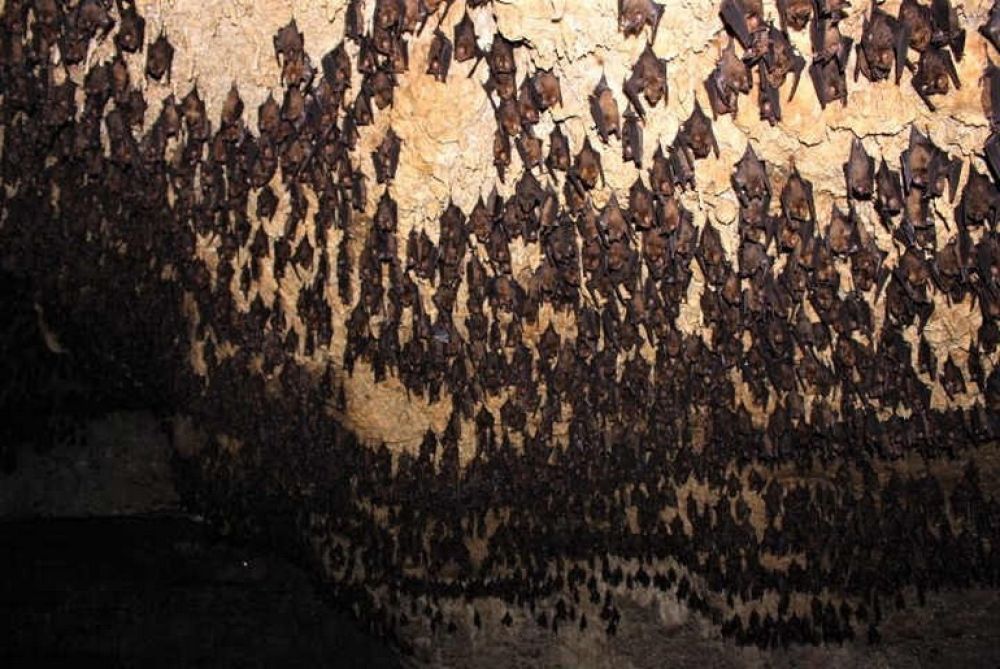

The enthralling Bat Cave, known locally as 'Chamero Odhaar' in Nepali, is a natural wonder situated in Pokhara, a city that rests in the lap of the majestic Annapurna mountain range in Nepal. Pokhara is a hub of tourism in Nepal, famed for its tranquil lakes, stunning mountain views, and adventurous activities. Among these, the Bat Cave stands out as a unique attraction due to its peculiar residents – the bats.
The history of tourism at the Bat Cave is relatively recent when compared to the long-standing cultural heritage of Nepal. While Pokhara has been a popular destination for trekkers en route to the Annapurna Circuit for many decades, the exploration and promotion of local natural sites like the Bat Cave has gained prominence only in the last few years.
The Bat Cave’s appeal to tourists began to rise as travelers sought more immersive experiences beyond the well-trodden paths. The cave is renowned for housing thousands of horseshoe bats, which cling to its walls. Despite its growing popularity, the location has managed to retain its rugged charm without succumbing to over-commercialization.
The Cave has narrow passages and stalactites and stalagmites of various shapes and sizes, which add to its atmospheric quality. The presence of the bats, seen most clearly during the day when they are resting, is a spectacle in itself. However, guides are essential for navigating the cave's dark and slippery interiors, providing both safety and informative commentary on the cave’s geological and biological significance.
Visitor infrastructure around the Bat Cave is minimal, keeping the experience authentic and close to nature. The surrounding area also offers other attractions like the Gupteshwor Cave and the Davis Falls, making it convenient for tourists to explore several natural wonders in one trip.
With increased attention towards sustainable travel, the conservation of the Bat Cave has become a priority. Efforts are made to balance tourism development with ecological preservation, ensuring that the habitat of the bats is not disrupted by human activity. Visitors are briefed on appropriate behavior inside the cave, such as maintaining silence and not using flash photography, in order to minimize the disturbance to the bats.
Adventure and Ecotourism are the two growing trends in the Bat Cave's tourism sector. Visitors are increasingly drawn to the idea of combining their cave exploration with other adventure activities like paragliding, zip-lining, and bungee jumping available in the Pokhara valley. Ecotourism is also on the rise, with more travelers interested in the ecological aspects of the cave and its importance as a habitat for a unique species of bats.
In light of the COVID-19 pandemic, health and safety protocols have become paramount. Tourist facilities have adapted to include safety measures, such as limiting the number of visitors inside the cave at any one time and enhancing hygiene practices throughout the tour process.
In conclusion, the Bat Cave in Pokhara offers a distinctive blend of natural wonder, adventure, and ecological education. As tourism continues to evolve, the Cave remains a must-visit for those looking to delve into the quieter, more mysterious facets of Nepal's diverse tourism offerings.